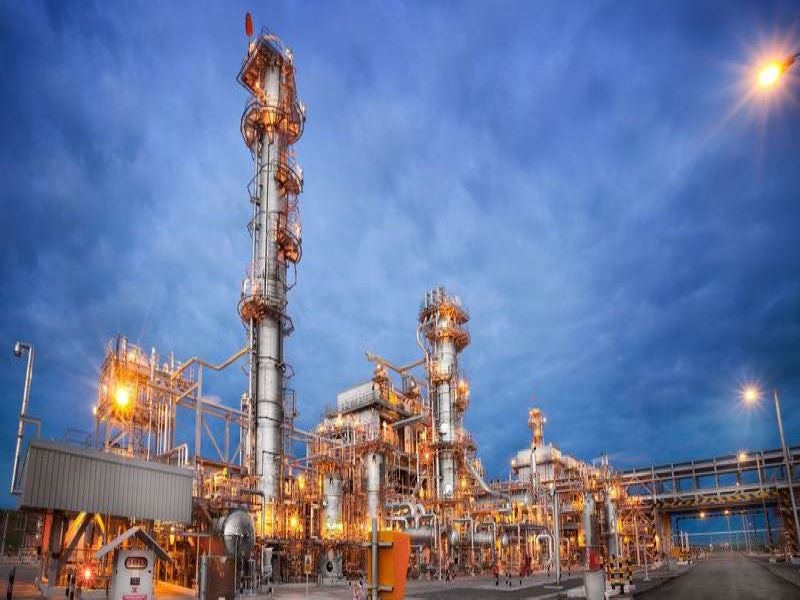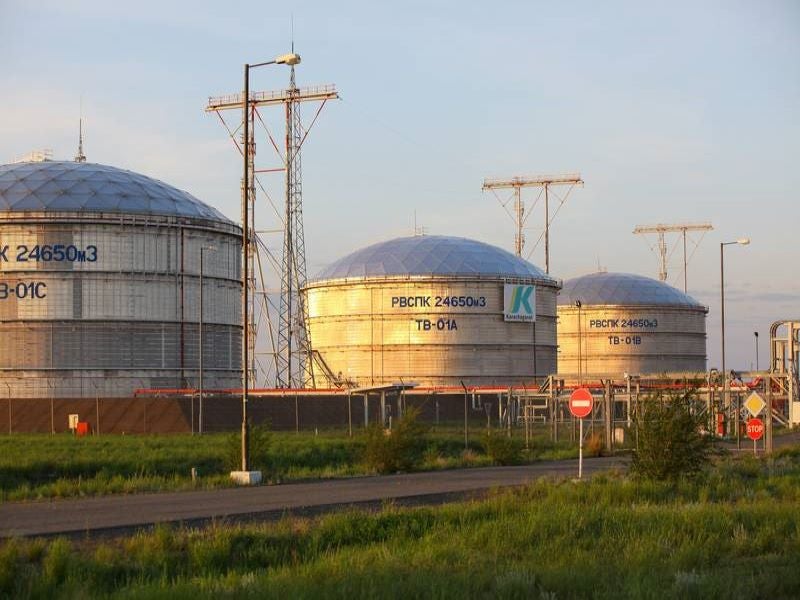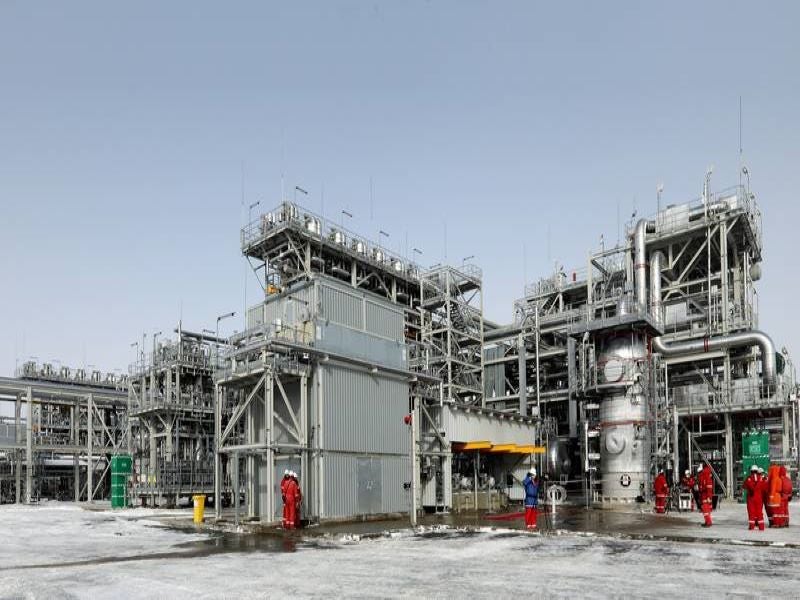The Karachaganak oil and gas condensate field is the biggest gas condensate field in Kazakhstan. The onshore field is owned and operated by Karachaganak Petroleum Operating (KPO), a consortium of Eni (29.25%), Royal Dutch Shell (29.25%), Chevron (18%), Lukoil (13.5%), and Kazakhstan’s national oil and gas company KazMunaiGas (10%).
Discovered in 1979, the Karachaganak field commenced gas production in 1984, while the KPO consortium took over the field development after signing a final production sharing agreement (FPSA) with the Kazakhstan government in November 1997.
KazMunaiGasbecame a partner in the Karachaganak field development in July 2012, while Royal Dutch Shell became a partner by acquiring the BG Group’s interest in the field in February 2016.
The total cumulative investment by the KPO partners in the Karachaganak field development since the signing of the FPSA till February 2021 was estimated to be in excess of $27bn.
The Karachaganak Gas Debottlenecking (KGDBN) project, to maintain maximum production levels at the field, was completed in March 2021.
Location and production details
The Karachaganak onshore field is spread over more than 280km2 near Aksai, in northwest Kazakhstan.
The field’s total hydrocarbon output stood at 143.9 million barrels of oil equivalent (mboe) in 2020. As much as 10.4 billion cubic metres (bcm) of raw gas was re-injected into the reservoir. KPO achieved the highest ever annual production of 10.9 million tonnes (Mt) of stable liquid hydrocarbons in 2020.
Karachaganak field infrastructure
The Karachaganak onshore field consists of production and gas injection wells, two gas processing units, namely unit-2 and unit-3, and the Karachaganak processing complex.
Operational since 2003, the Karachaganak processing complex separates oil and gas from the well stream using slug-catchers.
The complex consists of four liquids stabilisation trains, while a 635km-long, 24in-diameter underground pipeline transports the treated oil to the Caspian Pipeline Consortium (CPC) pipeline at Atyrau.
The 1,511km-long CPC pipeline with 40in and 42in diameter sections originates from Tengiz, Kazakhstan, and terminates at Novorossiysk, Russia. The Caspian Pipeline Consortium has a tank farm and a marine terminal at Novorossiysk. KPO started exporting crude oil from the Novorossiysk terminal in June 2004.
The unit 2 gas processing facility re-injects the gas, while the processed gas from unit-3 is exported to Orenburg, Russia. The Karachaganak Orenburg transportation comprises two 140km-long, 28in-diameter pipelines to export sour gas, a 140km-long, 14in-diameter pipeline to export liquid, and two 140km-long, 14in-diameter dual service pipelines to export either sour gas or unstabilised liquid.
Recent developments
The Karachaganak Expansion Project-1A (KEP1A Project) was sanctioned by the field development partners in December 2020. The project includes the addition of the fifth injection compressor and other associated facilities to maintain the liquid production plateau at Karachaganak.
KPO executed a series of Karachaganak plateau extension projects, including the Karachaganak debottlenecking project, the 5th Trunk Line project, and the fourth injection compressor project in the recent past.
The Karachaganak Debottlenecking Project (KGDBN Project) was completed in March 2021, while the 5th Trunk Line project commenced operations in December 2019. The project involved the drilling of three new gas injection wells for enhanced liquids recovery and the installation of a new 12in-diameter trunk line.
The Fourth Injection Compressor (4IC) project on Unit 2 was sanctioned by the Karachaganak project partners in May 2019.
Contractors involved
SICIM bagged a major construction and associated procurement services contract for the Karachaganak Gas Debottlenecking project (KGDBN) from KPO. The contract scope included the installation of additional gas treatment units.
PSI Engineering group was contracted to supply 2,217t of steel structures for the KGDBN project in 2018. The steel structures were fabricated at PSI Engineering’s Karasai machine-building plant in Almaty Region, Kazakhstan.
Schneider Electric was contracted for the fabrication of five modular substations for the KGDBN project in October 2017, while PSI Engineering bagged a sub-contract from Schneider Electric for the fabrication of the KGDBN modular substations.
Kazakhstan-based companies Belkamit and Atyrauneftemash were engaged to manufacture and supply three-phase super heavy thick-walled separators for the Karachaganak processing facility.
A consortium of Bonatti and Montazhspetsstroy bagged a contract for the execution of the fourth injection compressor (4IC) project on unit-2 gas processing plant in April 2019. The contract scope included a compressor island with a three-stage centrifugal compressor and a GE MS5002D gas turbine.





